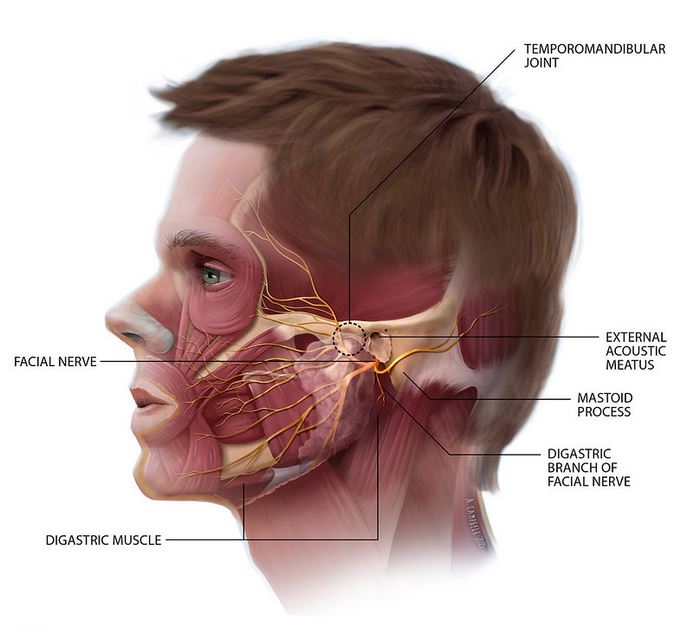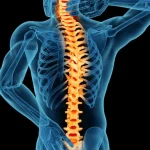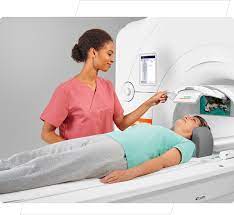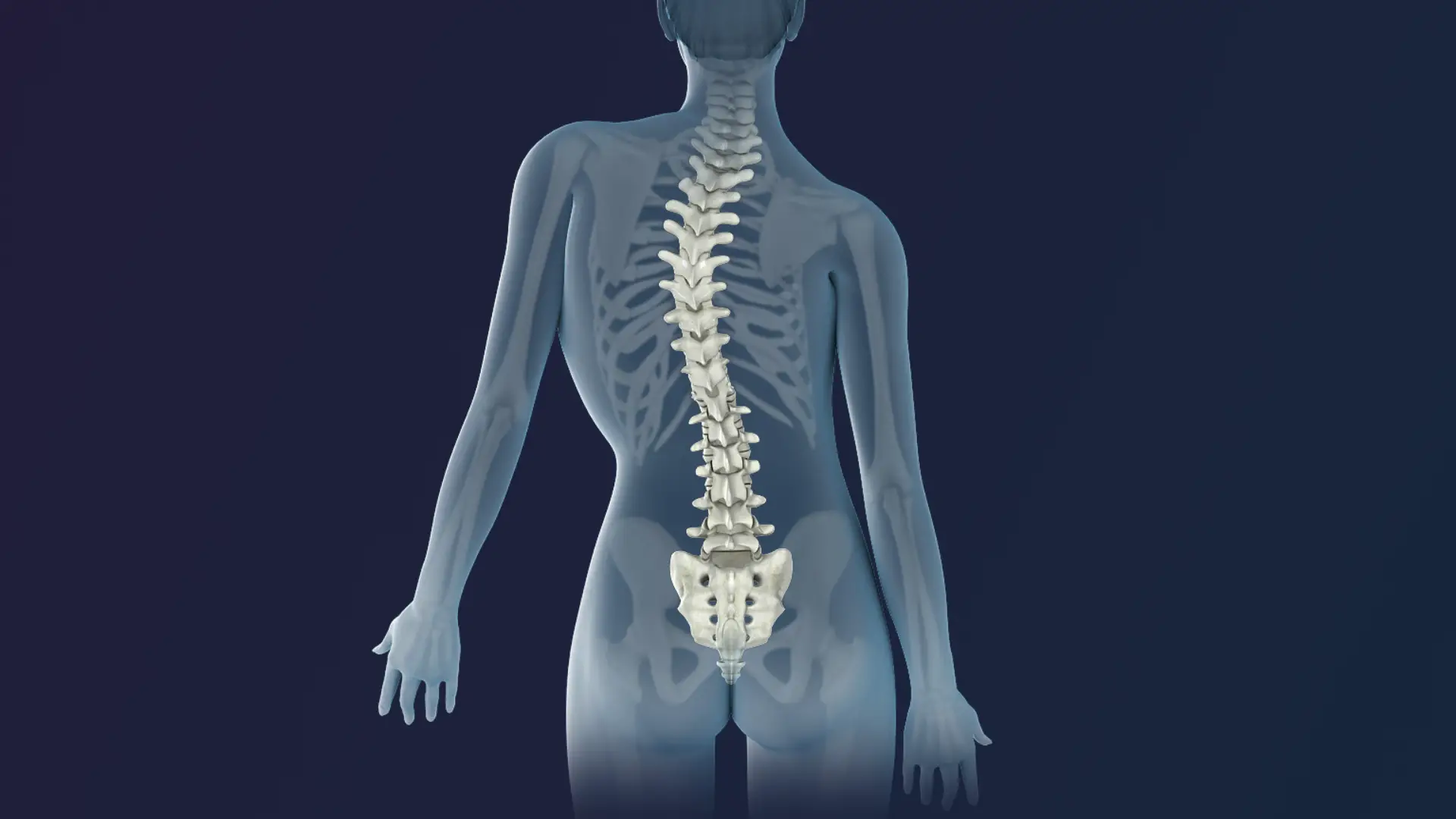A chiropractor can help to treat TMJ, or temporomandibular joint disorder. This is a condition that causes pain in the jaw and other areas of the head and neck. A chiropractor will assess the spine, jaw and neck for misalignment that may be causing muscle tension or pain.
Through a combination of spinal manipulation and other treatments such as massage therapy, a chiropractor can help realign the spine, jaw and other areas to improve posture and reduce pain.
Chiropractic care is often used to treat TMJ symptoms by improving mobility, reducing muscle tension and restoring jaw alignment. The chiropractor may also suggest lifestyle changes such as avoiding certain foods which can worsen TMJ symptoms or cause more damage to the jaw joint over time. With regular visits to the chiropractor, many people have reported experiencing significantly less pain in the jaw due to improved posture and decreased muscle tension.
What is TMJ Disorder?
TMJ stands for temporomandibular joint. It’s the joint between your lower jaw and skull and acts as a hinge whenever you open and close your mouth to talk, eat, or yawn.
TMJ Disorder (TMD) is a condition where the temporomandibular joint is inflamed or becomes misaligned, which can cause pain in the jaw area. Symptoms of TMJ include jaw pain, headaches, ringing in the ears, difficulty chewing, clicking or popping noises in the jaw joint when opening or closing your mouth, and facial swelling. If you’re experiencing any of these symptoms it’s important to seek medical help right away as TMD can worsen over time with no treatment.
Treatment plans vary depending on the severity of each case but can include physical therapy and medications to reduce inflammation.
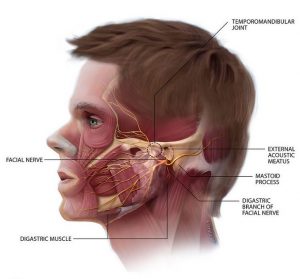
What Are the Symptoms of TMJ?
TMJ stands for temporomandibular joint and is the joint that connects your jaw to your skull. Symptoms of TMJ include difficulty opening your mouth, teeth grinding, jaw pain, ear pain and shoulder pain. People who suffer from TMJ may also experience headaches, facial swelling or ringing in their ears. Suffering from TMJ may cause a person to feel discomfort when eating or talking, as the movement of the jaw causes a strain on the muscles.
As well as physical symptoms of TMJ, there can be psychological symptoms such as depression or anxiety due to chronic chiropractic pain. If you think you may be suffering from TMJ then it is important to see a doctor for a diagnosis so that treatment can begin.
Treatment for TMJ may involve medications to reduce inflammation or physical therapy techniques such as massage and heat/cold therapy to help alleviate pain and improve mobility of the jaw.
What Is The Temporomandibular Joint (TMJ)?
The temporomandibular joint (TMJ) is the joint that connects the lower jaw to the base of the skull. It is a unique joint in the body and allows for the movement of the jaw including opening and closing, as well as side to side and forward and backward movements.
The tmj joint is made up of two components which include a disc-like cartilage that cushions the two bones as they rub against each other when moving, and a ligament that attaches them together. TMJ disorders can arise from issues with any one of these components or due to trauma, stress or misalignment of teeth.
Symptoms can include pain, clicking or popping noises when opening or closing your jaw, headaches, dizziness and difficulty in chewing. Treatment for TMJ disorders includes physical therapy, medications such as muscle relaxants and pain relievers, splints worn at night to reduce tension on the joint, or surgery if needed.
What Causes TMJ Disorders?
TMJ, or temporomandibular joint disorder, is a condition that affects the jaw joint and can cause severe pain. Common causes of TMJ disorders include misalignment of the spine or jaw, muscle tension, arthritis, and grinding or clenching of the teeth.
Through chiropractic treatment, a chiropractor can help to identify the cause of TMJ pain. A chiropractor will first assess any spinal misalignments in order to determine if there is an issue with the jaw or spine which could be causing the problem. If this is identified as the source of pain, then a chiropractic adjustment and other treatments such as massage therapy may be recommended to help alleviate muscle tension and improve alignment.
Additionally, strengthening exercises may be recommended depending on the severity of the condition to further reduce pain and discomfort experienced by patients with TMJ disorder. In some cases anti-inflammatory medications may also be prescribed in order to reduce inflammation around the temporomandibular joint and allow for better movement.
Can You Realign Your Own TMJ / jaw?
Yes, it is possible to realign your own TMJ / jaw. The temporomandibular joint (TMJ) is the main joint of the jaw, and it can become misaligned due to a number of factors such as injury, tension or gum chewing. If you find yourself dealing with misaligned jaw pain, a chiropractor may be able to help you.
Chiropractic adjustments are used to gently move the joints in order to restore proper alignment and reduce pain. You can also try self-care techniques at home such as stretching and massage to help realign your TMJ/jaw. However, if your jaw pain persists, it is important to seek professional care from a chiropractor in order to get the right treatment for your condition.
Can you pop your TMJ back in place?
The temporomandibular joint, commonly referred to as the TMJ, can become misaligned due to a variety of causes including injury, genetics and an unhealthy lifestyle. In some cases, it can be possible to pop the TMJ back into place but this should only be done by a trained professional such as a chiropractor.
A chiropractor is trained to identify and diagnose problems with the spine and joints and they have the skills necessary to help you pop your TMJ back in place. This method is not recommended for everyone, so it’s important to speak to your doctor or chiropractor before attempting any type of self-treatment.
Doing so could help ensure that you receive proper treatment and avoid any further damage or discomfort.
Other Causes of Jaw Pain
Jaw pain can be caused by a number of factors, and one of the most common is teeth grinding or clenching. This type of jaw pain is often referred to as TMJ, which stands for temporomandibular joint. Teeth grinding can lead to muscle tension in the jaw, causing it to feel sore and tight.
Additionally, injuries to the jaw or misalignment can lead to pain in the area. These types of conditions are often caused by blunt force trauma such as an accident or direct impact to the face, which can cause swelling and discomfort in the jaw joint. Stress is also known to cause people to grind their teeth unconsciously during sleep and this can wear away at the enamel on your teeth, leading to further discomfort and pain in the jaw area.
